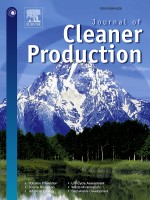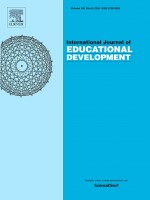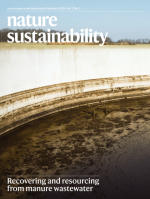Wei Zhang, Michael Saliba, David T. Moore, Sandeep K. Pathak, Maximilian T. Hörantner, Thomas Stergiopoulos, Samuel D. Stranks, Giles E. Eperon, Jack A. Alexander-Webber, Antonio Abate, Aditya Sadhanala, Shuhua Yao, Yulin Chen, Richard H. Friend, Lara A. Estroff, Ulrich Wiesner & Henry J. Snaith Nature Communications 6, Article number: 6142 doi:10.1038/ncomms7142 Received 07 August 2014 Accepted 18 December 2014 Published 30 January 2015
View Journal Article / Working PaperTo date, there have been a plethora of reports on different means to fabricate organic–inorganic metal halide perovskite thin films; however, the inorganic starting materials have been limited to halide-based anions. Here the authors study the role of the anions in the perovskite solution and their influence upon perovskite crystal growth, film formation and device performance. They find that by using a non-halide lead source (?lead acetate) instead of ?lead chloride or iodide, the perovskite crystal growth is much faster, which allows them to obtain ultrasmooth and almost pinhole-free perovskite films by a simple one-step solution coating with only a few minutes annealing. This synthesis leads to improved device performance in planar heterojunction architectures and answers a critical question as to the role of the anion and excess organic component during crystallization. Their work paves the way to tune the crystal growth kinetics by simple chemistry.




